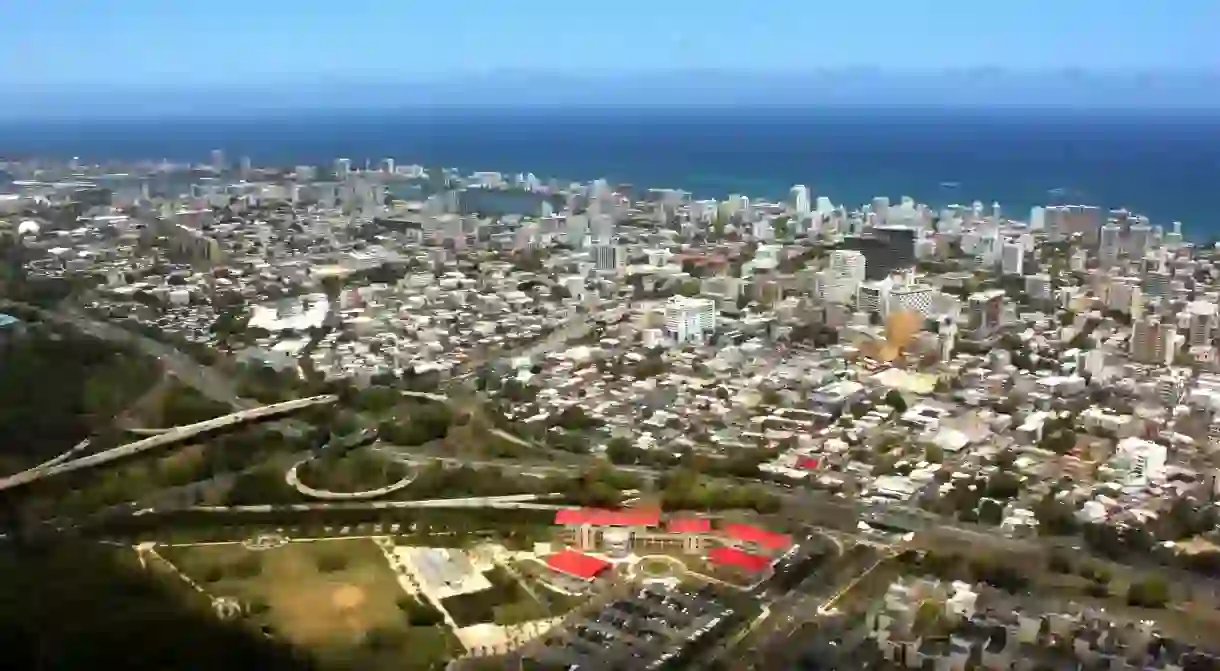Puerto Rico's Debt Crisis: 5 Things You Need to Know

Puerto Rico is full of fun destinations, historical attractions, delicious dishes, and beautiful natural wonders. Despite these great attributes, the Puerto Rican government is experiencing a severe financial crisis. Below are five points that explain the debt crisis and its potential effects on the island.
The Public Debt and Recession
Approximately $70 billion in debt has accrued and former governor Alejandro Garcia Padilla called the debt unpayable. Multiple factors led to this crisis, including: government spending exceeding amount of taxes collected, the government taking on debt to finance projects, the elimination of tax exemptions that encouraged large businesses to operate in Puerto Rico, and the emigration of many workers to the U.S. mainland due to unemployment. According to the U.S. Bureau of Labor Statistics, the unemployment rate as of February 2017 is 12%. In fact, Pew found the recession has resulted in more people leaving for the U.S. “mainland in numbers not seen in more than 50 years.”

Why Bankruptcy is Not an Option
As of the 1980s, the Puerto Rican government can’t declare Chapter 9 bankruptcy even in dire financial situations. Because of its U.S. territory status, Puerto Rico isn’t allowed to declare bankruptcy like a local, state government could. In 2016, the Puerto Rican government took their case to the U.S. Supreme Court to argue for the option to declare bankruptcy, but their efforts were unsuccessful.
The Federal Oversight Board, Explained
To manage public debt and recovery, the federal government created the federal, fiscal oversight board through the PROMESA Act. PROMESA stands for Puerto Rico Oversight, Management, and Economic Stability Act. The bill puts into motion many initiatives, including methods of restructuring the debt. The oversight board reports to the U.S. President.
How the Debt Affects the University of Puerto Rico
Proposed budget cuts to the University of Puerto Rico would eliminate $450 million in federal funding from the only public university on the island. As a result, students have protested. According to Wilmarí De Jesús Álvarez, president of the student council for the UPR’s main campus, “Beyond its educational purpose, the University of Puerto Rico has a social purpose. It has a responsibility to the country to provide an opportunity for people to develop, to access an education that will improve their quality of life…for social mobility in this country,” she told Remezcla. Students aren’t the only members of the university’s community that have protested the budget cuts; 11 high ranking university employees quit in February.

The Repercussions for Retirees (Pensioners)
Another potential effect of the current financial situation is the decrease of money retirees receive. Approximately $45 million in benefits from pensions haven’t been received by retirees. As Reuters notes, many pensioners live below the poverty line, so additional changes can affect an already vulnerable demographic.













